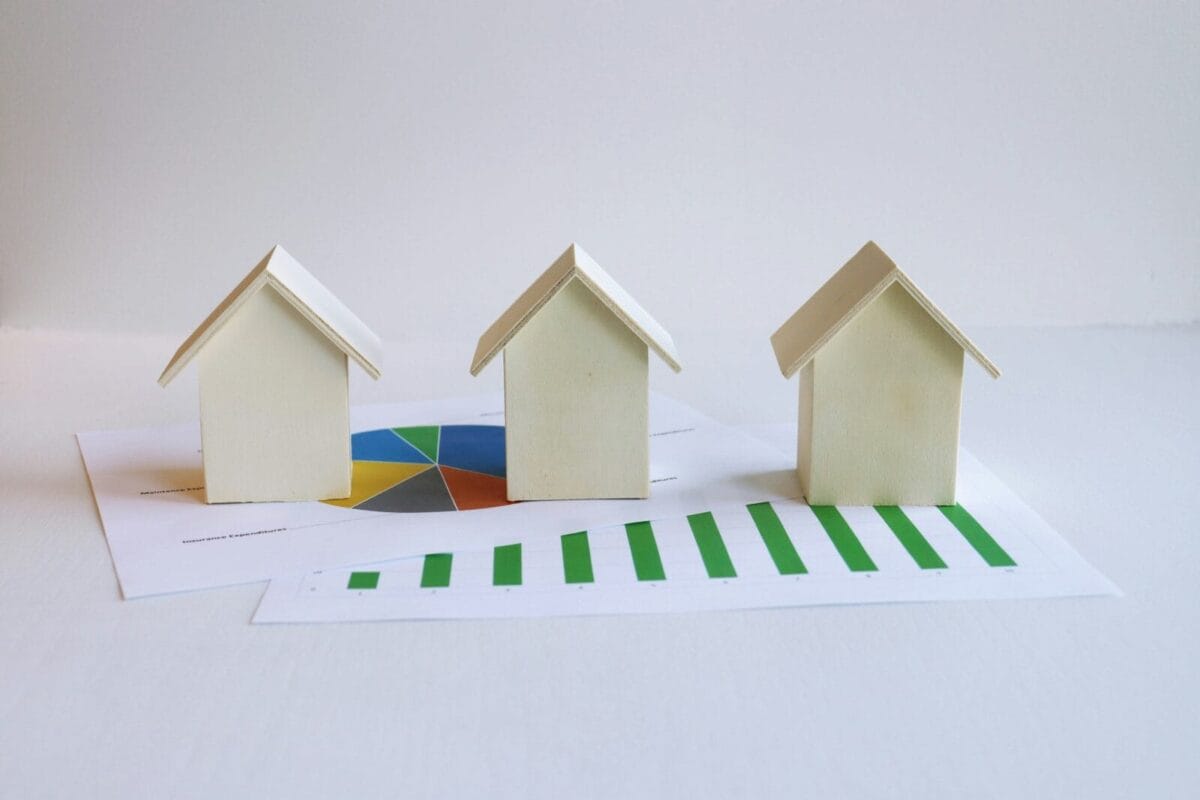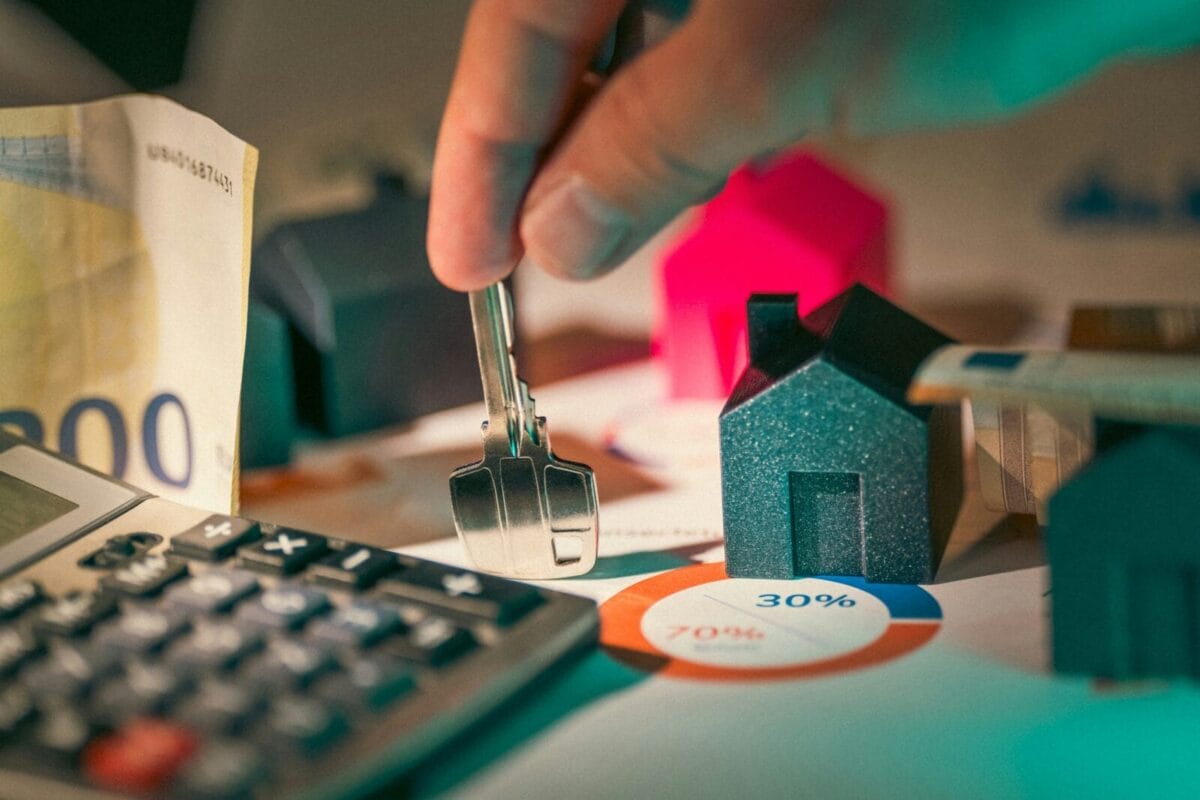The real estate sector contributes around 40% of global greenhouse emissions, making them one of the largest environmental offenders. Of those total emissions, building operations are responsible for 27% of annual emissions, while building and infrastructure materials and construction are responsible for an additional 13%, according to architecture2030.
The real estate industry is naturally positioned to spark innovation and support the foundations behind the latest environmental trends, from upgrading to clean energy, developing new sustainable materials, to investing in green real estate. The industry plays a pivotal role in changing the face of the built environment and using this to echo sustainability values.
The industry is moving towards embedding responsible real estate construction practices into business models to help decarbonise the built environment and meet climate targets, as set out in the Paris Agreement. This means that each stage of the journey, right from project planning, due diligence to asset management is primed with ESG considerations in mind.
As stakeholders upgrade their expectations for businesses, counting on them to embrace higher sustainability standards, there is a growing demand for investments that generate a positive impact. Karl Hodson, a business finance expert at UK Business Finance, delves into the face of sustainable real estate investments in 2023, and the roadmap businesses must follow to reach a position of sustainable excellence.
Why ESG is integral to investment decisions
Investors are conscious of aligning their portfolios with investments that are sustainable to support long term environmental, social and governance (ESG) ambitions. To achieve this, businesses must start by establishing benchmarks and embracing greater transparency to provide a better basis for valuations and accurate sustainability assessments.
ESG criteria are at the heart of strategic decision making, from partnering with a new supplier, acquiring a business, to investing in real estate. Incorporating ESG criteria into contracts defines expectations and provides a guarantee that sustainability standards will be adhered to.
Environmental – The built environment around us provides a host of opportunities, such as:
· transitioning to renewable energy to offset carbon emissions
· upgrading equipment and systems to reduce energy consumption
· incorporating recyclable materials and techniques into early stages of the build process
· building a supply chain according to sustainability standards
Social – The social element links to the corporate social responsibility efforts of a business and its involvement in the local community. Integrating sustainability into corporate and social efforts can strengthen reputations and increase stakeholder value.
It also helps in raising awareness and educating others in your supply chain on key topics, such as eco-friendly building materials to reduce energy consumption or sustainable waste management to minimise environmental waste.
Governance – The way a business is governed shapes its values and its ethical stance towards protecting the environment. This largely ties in with both internal and external corporate activities, such as employee wellbeing and corporate partnerships.
While investors turn their attention to playing a role that holds greater social purpose, they are accelerating sustainability initiatives and reviewing their real estate holdings. This is an indicator that stakeholder expectations are changing as more businesses are being judged on their contributions to the planet.
Investing in a greener future According to a survey by JLL, 63% of respondents (leading investors) named ‘owned, build or invest in net zero carbon assets in the next three years’ as one of their priorities when asked about their largest areas of investment to address environmental targets over the next three years.
Here are the investment priorities voted next in line by the respondents:
· investing in renewable energy and offsets (51%)
· investing in digital solutions (46%)
· investing in influencing behaviours that support goals of lowering waste/emissions (41%)
· Considering sustainability (ESG) in our acquisition/underwriting process (34%)
Incorporating the above considerations when investing in sustainable real estate can help lock in long-term sustainability commitments that may be crucial to meeting targets and reducing your exposure to long term risks, such as your association with investments that take a profit first, environment second, approach.














